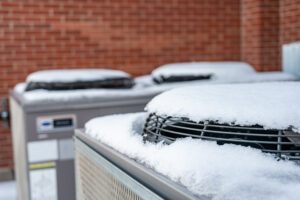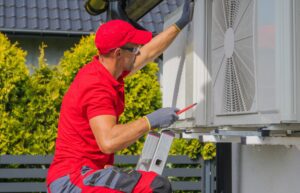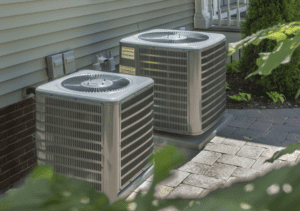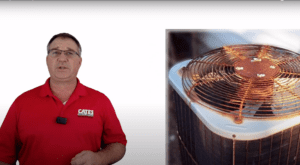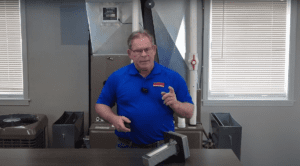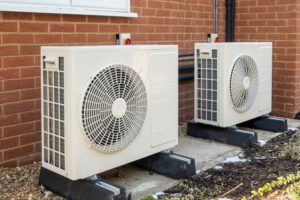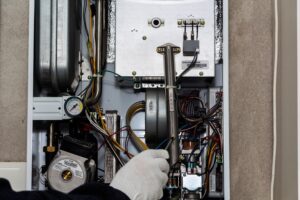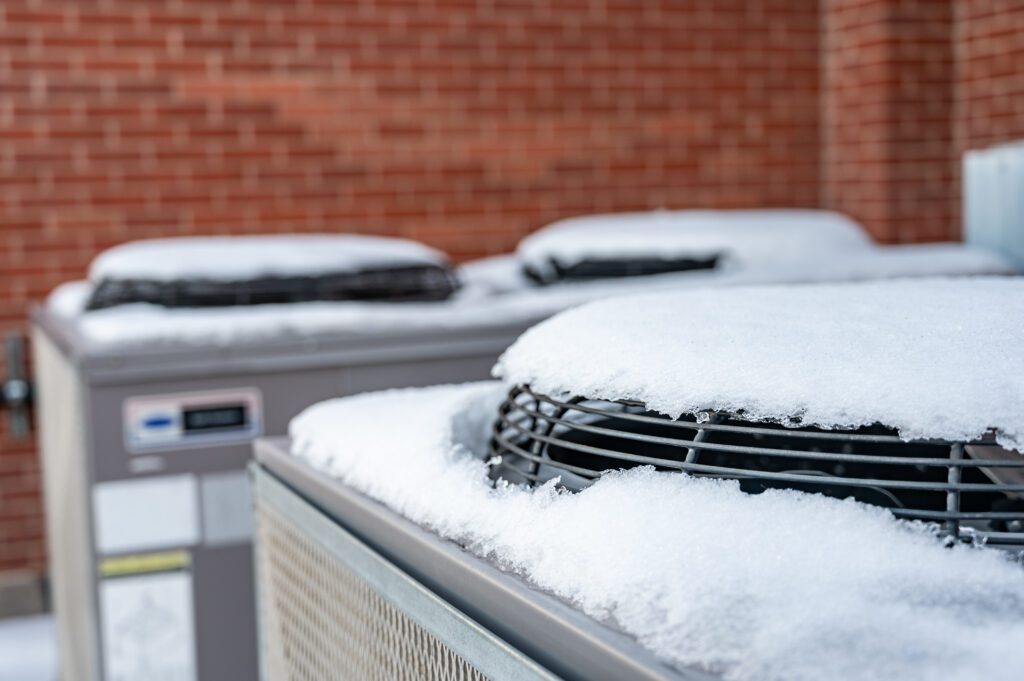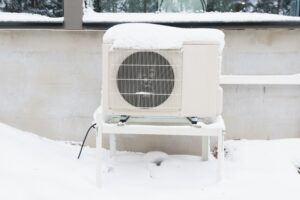Brr! Have you felt the recent chill in the air the past few weeks? Though we’ve had fluctuating temperatures typical for Kansas City, the evening lows and early morning temperatures have been much cooler than last month. As a result, the leaves are at their peak and fall is in full swing here in the City of Fountains!
There’s much to look forward to each fall in Kansas City, but winter arrives soon. Old Man Winter is practically knocking at our doors with his bags packed, ready to stick around for months. There is plenty to enjoy during the winter months, but there’s no denying it can get freezing here in KC. The Midwest is notorious for fluctuating temperatures and unpredictable weather, even more prevalent in winter. All this to say that our homes will start feeling chilly and we’ll be saying goodbye to AC and hello to the heat.
We hope your furnace is ready for winter, never failing to kick on and heat your home or office. Unfortunately, HVAC breakdowns are common, often occurring at the most inconvenient moments when you need it most. Keep reading about common issues that lead to HVAC breakdowns and the importance of HVAC system maintenance before the winter freeze!
Common Issues that Lead to HVAC Breakdowns
There’s more to an HVAC breakdown than working in overdrive. Below are some of the most common issues that lead to HVAC breakdowns:
Refrigerant Leaks
Refrigerant is the coolant of your entire HVAC system, whether fluid or gas. It is crucial to any HVAC system because it maintains a comfortable temperature inside your home when scorching hot outside. There’s quite a science behind how refrigerant works, but here’s a condensed version:
- Refrigerant cools the indoor evaporator coil as it pulls warm indoor air from the home
- Once the warm inside air is cooled in the compressor, the refrigerant extracts the heat and cools it
- The cooler air is sent back to the ducts to circulate cool air throughout your home
Without enough refrigerant, your HVAC system can’t cool the warm inside air, resulting in stagnant warm air circulating throughout the home. While it might be easy to determine you have a refrigerant leak if your AC isn’t blowing cool air, other indicators aren’t as easy to diagnose unless you’re an experienced HVAC technician. Manufacturing defects, wear and tear, physical damage, and corrosion are some of the many things that can cause refrigerant leaks.
Unfortunately, refrigerant links are a common HVAC issue but are luckily easily repaired by an experienced HVAC technician.
Dirty Filters
As a homeowner, you’re always told that you should replace your air filters, but did you know that failure to replace dirty ones can result in an HVAC system breakdown? The risk of a system breakdown from dirty filters depends on how often you change air filters. Generally, replacing your filter every quarter will keep it cleaner, helping to improve the system’s performance and prolonging it.
Failing to replace dirty air filters means the system needs to work longer and harder to pull air through a dirty filter. Dirty air filters are often full of pet hair, dander, allergens, and other particles that make it difficult for air to pass through. This excess strain on your system can lead to a breakdown or system failure.
Ductwork Issues
Like refrigerant leaks, there can be a leak in your ductwork, preventing warm air from circulating throughout your home. Ductwork is a necessary component of any HVAC system and is responsible for distributing cool air or heat throughout your home.
Duct materials are often heavy-duty, but they can develop leaks, and blockages, and deteriorate over time. Ductwork issues make the HVAC system work harder and can result in a system failure if it goes unnoticed. Ductwork leaks and blockages greatly reduce efficiency and can lead to poor indoor air quality and the possibility of an HVAC system failure.
Older System
HVAC systems have a 10-20-year lifespan depending on the manufacturer. Like any other home component, the HVAC system will get natural wear and tear as it ages, requiring frequent repairs or replacing the older it gets. An older HVAC system is at risk of a system breakdown when it has to work in overdrive, especially in the winter months.
Preventative Maintenance Tips for the Winter Freeze
There are plenty of things that can cause an HVAC system breakdown, most often from refrigerant leaks, older systems, ductwork issues, and dirty filters to name a few. Now that we discussed how HVAC systems break down, let’s discuss preventative maintenance tips for the winter freeze to ensure you’re toasty warm all winter.
Replace Filters
We briefly touched on how important it is to replace your dirty air filters to reduce the amount of unnecessary strain on your HVAC system, but did you know it’s beneficial to your family’s or employee’s health this winter? The winter months are notorious for an influx of respiratory illnesses and other sicknesses. Replacing air filters not only keeps your HVAC system running optimally, it’ll greatly reduce the amount of contaminants and germs in the air. Take a look at this helpful guide about the different types of air filters to determine which is best for your individual needs.
Schedule a Tune-up
Now is a great time to schedule a fall tune-up to ensure your HVAC system is ready for the frigid winter months ahead. A commercial HVAC company like Cates Heating and Cooling will provide commercial HVAC service on any HVAC system, ensuring your system is running optimally and catching any issues during a tune-up.
Consider an HVAC System Replacement
Whether you own a home and need to replace your residential HVAC system or own a business and replace your commercial HVAC, now’s a great time before the winter freeze. We can help you navigate the process of selecting a new furnace for your commercial space or home, offering a variety of HVAC systems to choose from.
Schedule your Fall Tune-up or New Furnace Install from Cates Heating and Cooling Before the Winter Freeze
At Cates Heating and Cooling, we’ve been installing and repairing residential and commercial HVAC systems including furnaces for over 50 years! Scheduling a fall tune-up or installing a new office HVAC system will keep your employees healthier and decrease energy bills. Likewise, installing a new residential HVAC system or scheduling a tune-up will keep your loved ones healthy and help prevent an HVAC system breakdown.
We’re family-owned and operated with expertly trained technicians who have provided exceptional service to all our customers for over 50 years. We service Kansas City and surrounding cities, including the following:
& more!
Contact Cates with any questions or concerns about your heating and cooling and how we can help!



